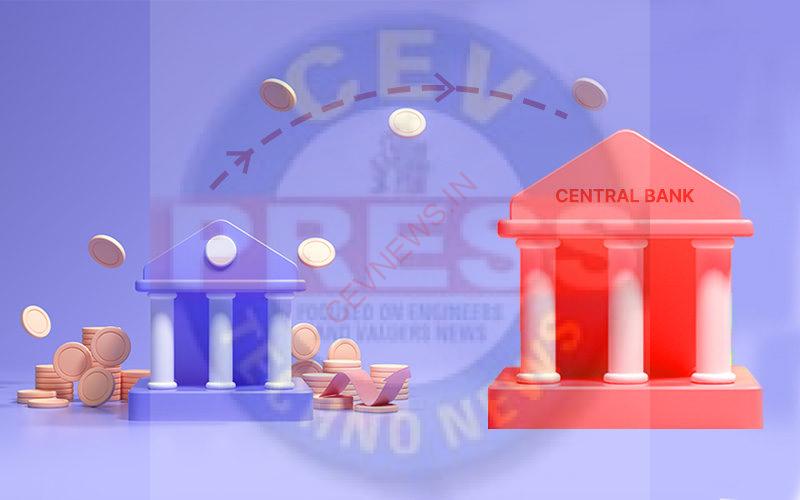REPO RATE AND REVERSE REPO RATE
REPO RATE
When commercial banks approach the Reserve Bank of India for funds, they’re charged a certain amount of interest. The rate at which RBI lends these finances to commercial banks is called the repo rate.
In this case, a repurchasing agreement is signed by both parties, stating that the securities will be repurchased on a given date at a predetermined price. For instance, let’s assume the repo rate fixed by the RBI is 10% p.a., and the amount borrowed by a bank from RBI is Rs.10,000. The interest rate to be paid by the bank will be Rs.1,000.
The repo rate in India is fixed and monitored by India’s central banking institution, the Reserve Bank of India. It allows the central bank to control liquidity, money supply, and inflation level in the country.
To decrease the money supply in the economy, the RBI will hike up the repo rate to discourage banks from borrowing funds. Similarly, if the RBI wants to pump funds into the system, it might reduce the repo rate, thus encouraging banks to go ahead and borrow funds.
REVERSE REPO RATE
The reverse repo rate is the interest offered by the RBI to banks that deposit funds into the treasury. For instance, when banks generate excess funds, they may deposit the money in the central bank. This is a much safer approach when compared to lending it to other companies or account holders.
So, the interest earned on the deposited funds is known as the reverse repo rate. As an example, let’s assume the reverse repo rate is 5% p.a. A commercial bank has deposited Rs.10,000 in the central bank. This means the commercial bank will earn Rs.500 p.a. as interest.
This is another financial instrument used by the RBI to control the supply of money in the nation. In case the RBI is falling short on money, they can always ask commercial banks to pitch in with funds and offer them great reverse repo rates in return. This gives banks and other financial institutions the opportunity to earn profit on excess funds.
DIFFERENCES BETWEEN REPO RATE AND REVERSE REPO RATE
| Parameter | Repo Rate | Reverse Repo Rate |
| Meaning | Applied on the interest payable when commercial banks borrow from the RBI in exchange for securities at a predetermined rate and time. | The rate at which commercial banks earn interest when they park surplus funds with the RBI. |
| Impact | A high repo rate leads to a high cost of funds for commercial borrowers, making loans expensive and vice versa. | A high reverse repo rate results in lower liquidity in the economy and vice versa. |
| Agreement | Charged on repurchasing agreement. | Charged on reverse repurchasing agreement. |
| Uses | Helps the RBI control inflation. | Helps the RBI control the supply of money. |


